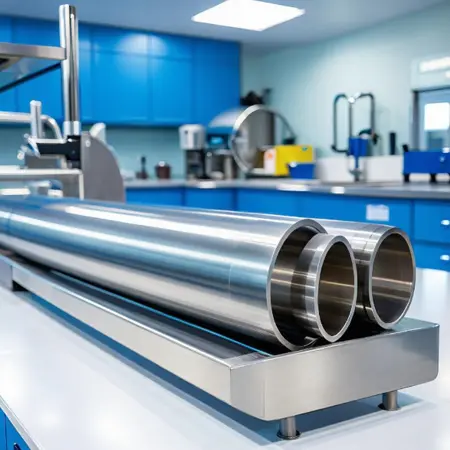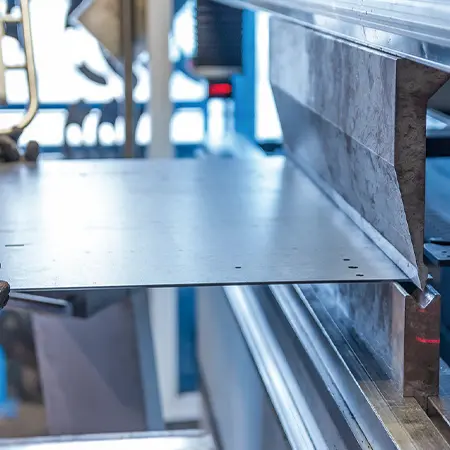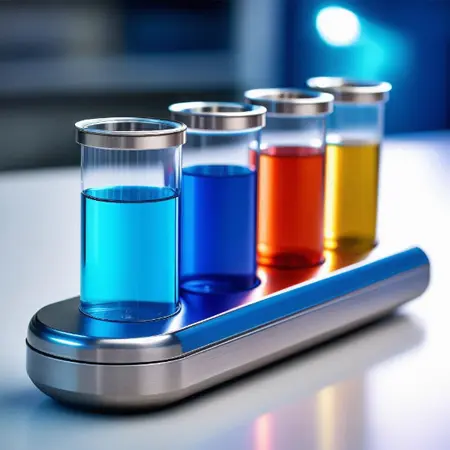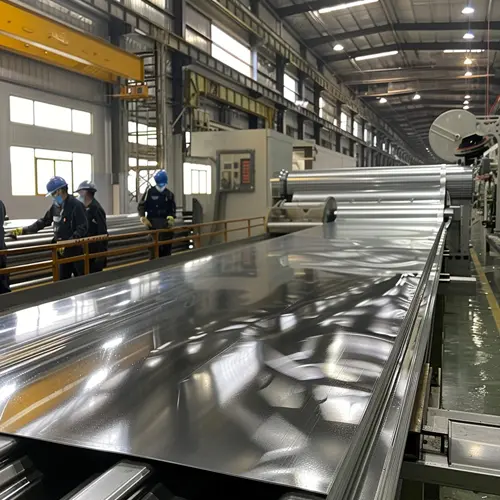The processing properties of different types of stainless steel vary, mainly depending on their chemical composition and microstructure.

The following are some machinability judgments based on the type of stainless steel:
Austenitic stainless steel (such as 304. 316) : Austenitic stainless steel has good cold working performance, but it will produce significant hardening phenomenon in cold working. This can make further processing difficult, requiring intermittent annealing to restore its workability. Austenitic stainless steel also has good weldability.
Ferritic stainless steel (such as 430) : Ferritic stainless steel has poor cold working performance and is mainly used for applications requiring good corrosion resistance and high temperature strength. The weldability of this kind of stainless steel is also poor.
Martensitic stainless steel (such as 410. 420) : The hardness and strength of martensitic stainless steel are very high, so the cold processing performance is poor. Although the mechanical properties of this stainless steel can be improved by heat treatment, the weldability is poor.
Duplex stainless steel (such as 2205) : Duplex stainless steel between austenite and ferrite, both good cold working properties and welding properties.
In judging the machining performance of stainless steel materials, in addition to consulting the standard material property data, you can also carry out actual machining performance tests, such as cutting, bending, deep drawing, etc., to judge its actual performance under specific processing conditions, so as to make more accurate decisions.



